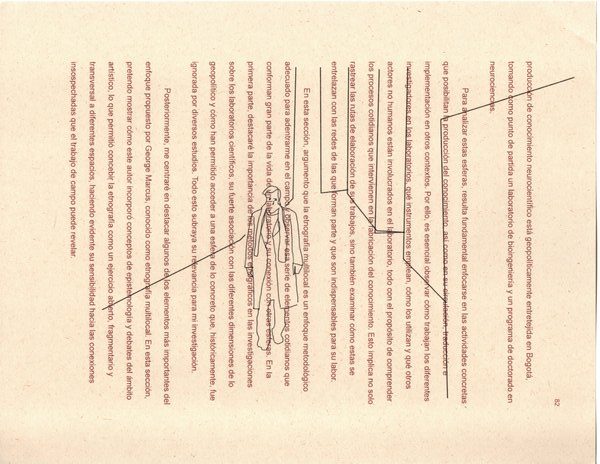
Reflections on a Feminist Anthropology or a Mutirão Anthropology: Karipuna Girls and Women
I am an Indigenous woman from Karipuna people and an anthropologist living in Belém, one of the largest cities in the Brazilian Amazon in the state of Pará. However, my Indigenous community is based elsewhere. The Karipuna people live in the Uaçá, Galibi and Juminã Indigenous Lands in the municipality of Oiapoque, in the northern part of the state of Amapá, on the border between Brazil and French Guiana. The Palikur, the Galibi Marworno and the Galibi Kali’na people also live here. This context is important for understanding the themes I will explore. My identity as an Indigenous woman and anthropologist informs my writing, offering insights into the connections between Indigenous Karipuna women, anthropology, empowerment, the women’s movement, and feminism. (read more...)







